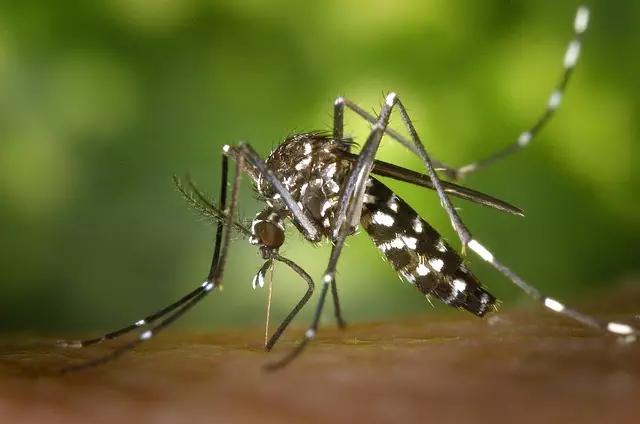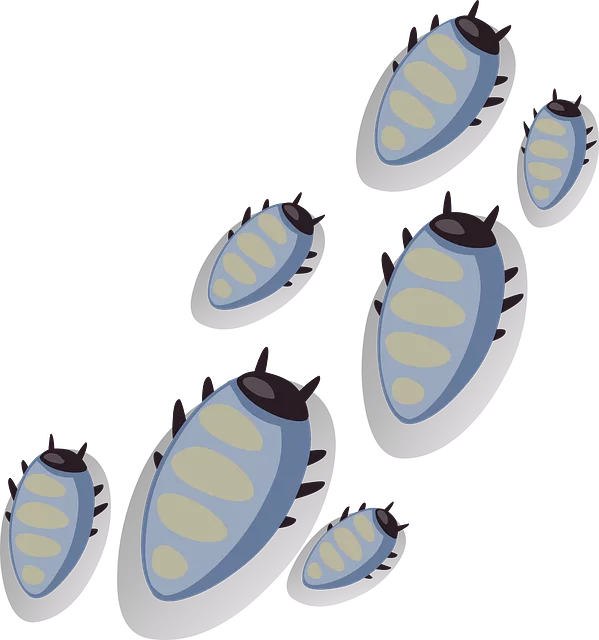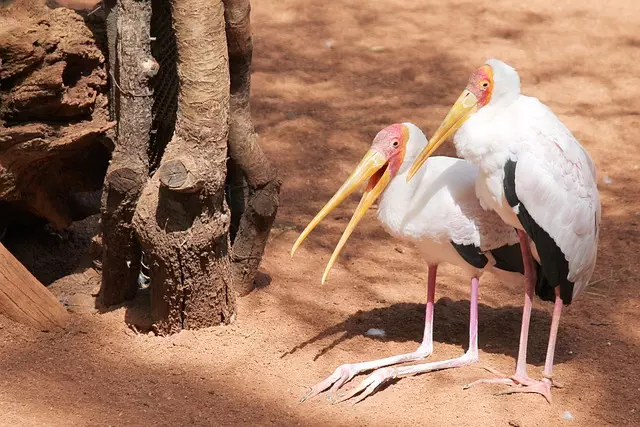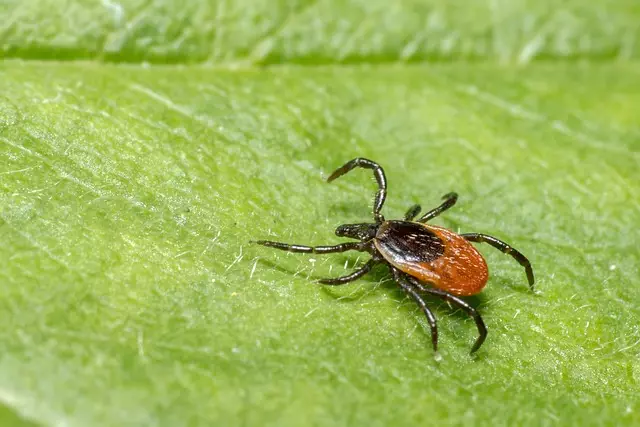Mosquitoes and ticks pose significant health risks by transmitting diseases. To effectively manage them, target their breeding grounds and habitats: eliminate standing water, maintain trimmed landscapes, and incorporate natural repellents like citronella and lavender. Chemical methods include permethrin insecticides and professional mosquito traps. Professional services offer specialized treatments for comprehensive protection. Families can opt for safe, eco-friendly options like candles, essential oils, and proper drainage. Long-term prevention involves eliminating breeding sites, installing physical barriers, and planting mosquito-repelling plants.
Keep your yard pest-free with our comprehensive guide to safe mosquito and tick control. Understanding these pests’ behavior is key, so learn about their breeding habits and preferred environments within your outdoor space. We offer a range of solutions from natural repellents and deterrents to chemical controls, ensuring eco-friendly options for families. Discover how to identify breeding grounds, explore professional services, and implement long-term preventive measures for a peaceful, bug-free haven.
Understanding Mosquito and Tick Behavior

Mosquitoes and ticks are more than just a nuisance; they can carry and transmit diseases to both humans and animals. Understanding their behavior is crucial for effective mosquito and tick control. Mosquitoes, for instance, breed in standing water and prefer areas with dense vegetation or shelters where they can rest and feed on hosts. They are most active during dawn and dusk, making early morning and evening hours prime times for prevention efforts like eliminating standing water sources and maintaining well-trimmed landscapes.
Ticks, though often associated with forest environments, have adapted to live in suburban yards as well. They climb high into grass or shrubs, waiting for a passing host to latch on. Regular yard maintenance, such as mowing grass frequently and trimming shrubs, can significantly reduce tick habitats. Knowing these behaviors enables property owners to implement targeted control strategies, fostering safer outdoor spaces for families and pets.
Identifying Breeding Grounds in Your Yard

Mosquitoes breed in standing water, so the first step in safe mosquito control for your yard is identifying potential breeding grounds. Check for any areas where water may collect, such as clogged gutters, old tires, buckets, or bird baths. Even small amounts of stagnant water can serve as a breeding site for mosquitoes and ticks, which can transmit diseases like Zika, West Nile virus, and Lyme disease. Regularly emptying water from these containers and ensuring proper drainage is essential for mosquito and tick control.
Inspect your yard for any low-lying areas or depressions that may hold moisture. Fill in dips or install drainage solutions to disrupt potential breeding habitats. Additionally, trim vegetation and mow grass regularly to reduce hiding spots for mosquitoes and allow better airflow, making it less hospitable for these pests.
Natural Repellents and Deterrents

Natural repellents and deterrents offer an effective yet eco-friendly approach to mosquito and tick control in your yard. Plants like citronella, lavender, marigolds, and lemongrass are known for their ability to repel mosquitoes due to the oils they produce. Incorporating these plants into garden beds or potted arrangements near outdoor seating areas can create a pleasant ambiance while keeping mosquitoes at bay.
Beyond plants, certain natural materials like diatomaceous earth and neem oil also serve as powerful deterrents. Diatomaceous earth, made from fossilized algae, is safe for pets and humans but poses a significant risk to mosquito exoskeletons, causing them to dehydrate and die. Neem oil, derived from the neem tree, disrupts the growth and reproduction of mosquitoes and ticks, providing a natural and sustainable solution for yard protection.
Effective Chemical Control Methods

Many effective chemical methods exist for controlling mosquitoes and ticks in yards, offering a powerful solution to mitigate their presence. Common insecticides like permethrin and pyrethrins are popular choices due to their rapid knockdown effect on flying insects. These substances can be applied as sprays or foggers, targeting areas where mosquitoes rest, such as under decks or in dense vegetation.
For longer-lasting protection, professional grade mosquito traps that emit CO2 can attract and capture mosquitoes and ticks. Additionally, topical treatments for pets, impregnated collars, and sprays designed specifically for mosquito and tick control on animals contribute to a multi-faceted approach, creating an inhospitable environment for these pests in outdoor spaces.
Professional Mosquito Control Services

Many homeowners opt for professional mosquito and tick control services to effectively manage these pesky insects in their yards. These services offer specialized knowledge and equipment to target breeding grounds and resting spots, providing a comprehensive solution. Professionals use safe, eco-friendly methods that are designed to minimize risks to human health and the environment while maximizing results.
From misting systems to organic repellents, professionals employ various techniques tailored to specific yard needs. Regular treatments ensure consistent protection throughout peak mosquito seasons, allowing you and your family to enjoy outdoor spaces without worrying about bites. By partnering with experts in mosquito and tick control, homeowners can create a comfortable, bug-free environment for relaxation and entertainment.
Safe and Eco-Friendly Solutions for Families

When it comes to mosquito and tick control, families have a variety of safe and eco-friendly solutions at their disposal. One effective approach is utilizing natural repellents like citronella candles or essential oils. These not only deter mosquitoes but are non-toxic for pets and children, making them a popular choice for many households. Another method involves planting mosquito-repelling plants such as lavender, marigolds, and lemongrass around the yard. These plants contain compounds that naturally push away these pests without causing harm to the environment.
Additionally, ensuring proper drainage in your yard is crucial. Mosquitoes breed in stagnant water, so eliminating any standing water sources like buckets, old tires, or clogged gutters can significantly reduce their population. For more comprehensive protection, consider using eco-friendly sprays or powders that target mosquitoes and ticks without harming beneficial insects. These solutions are designed to be safe for use around homes with kids and pets, offering a peaceful mind while enjoying your outdoor space.
Preventive Measures for Long-Term Protection

To achieve long-term protection against mosquitoes and tick control in your yard, implementing preventive measures is key. Start by eliminating standing water, as this is where mosquitoes breed. Regularly empty containers, buckets, bird baths, and flower pots to disrupt their breeding cycle. Next, maintain a well-trimmed lawn and remove dense vegetation, as these areas provide ideal hiding spots for mosquitoes. Keep your yard clean and clutter-free, reducing potential habitats.
Additionally, consider installing physical barriers like fine mesh screens on windows and doors to prevent mosquito entry into your home. Planting mosquito-repelling plants such as citronella, lavender, and marigolds around your property can also help deter these pests naturally. These measures combined will significantly reduce mosquito and tick populations, ensuring a safer outdoor environment for you and your family.
